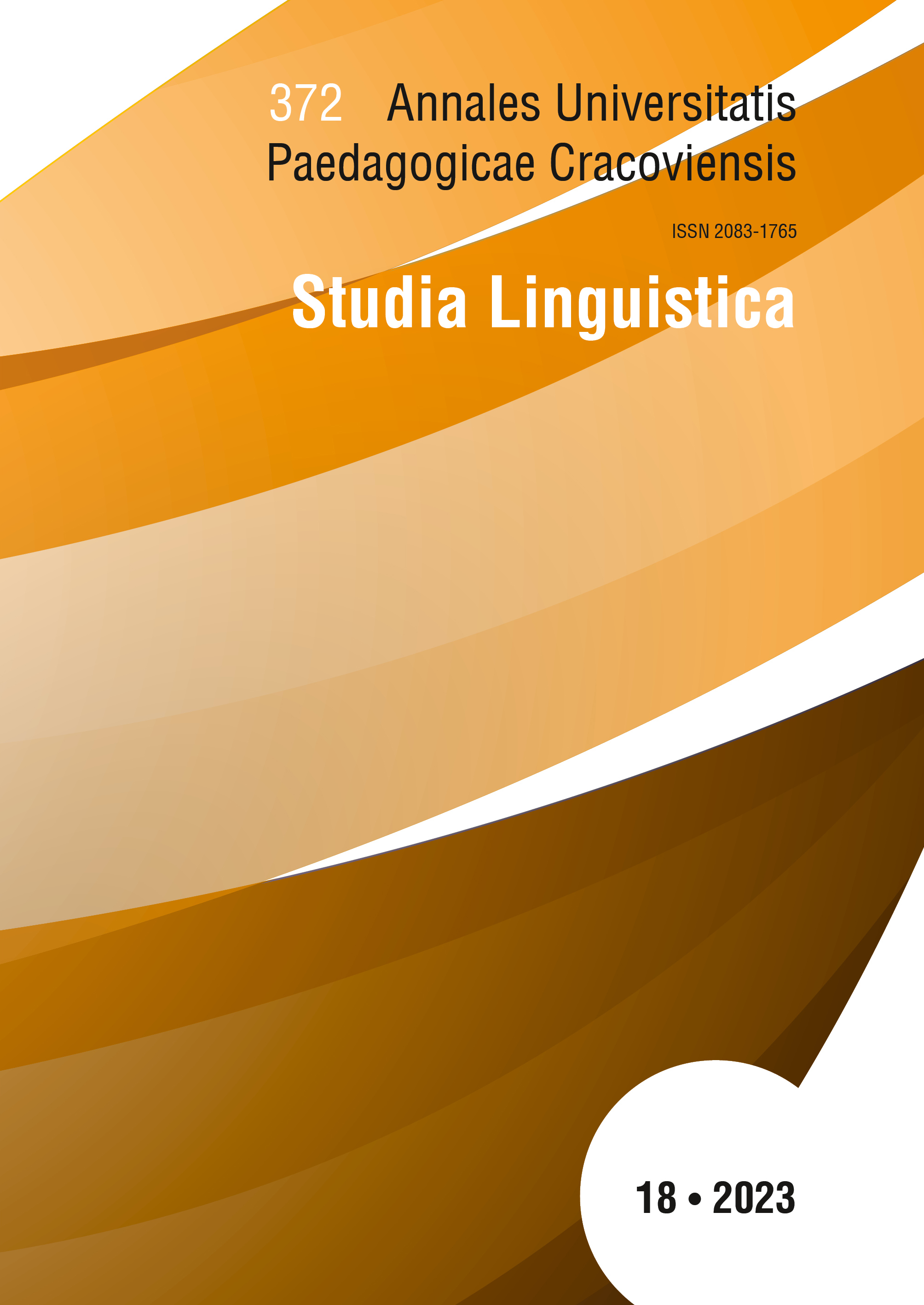Types of language disorders in Asperger’s syndrome
Main Article Content
Abstract
For many years, both the DSM‑IV and ICD-10 have built up the misconception that there are no language disorders in Asperger’s syndrome. This has had a significant impact on the problems with the diagnosis of Asperger syndrome, and has been the cause of many misdiagnoses. The current editions: DSM-5 and ICD-11 have not changed the established approach. Many years of research and clinical experience have allowed the author of this article to verify the view of normal speech and communication development in Asperger syndrome. We now know that children with ZA may manifest different types of disorders, concerning both systemic and communicative competence. The author of the article characterises the types of language problems observed in ZA, including: the specificity of early speech development, alalia (delayed speech development), aphasia, comprehension of speech and intonation of speech and indicates their sources and examples. This is of great importance in the context of the correct diagnosis and therapy of children on the autism spectrum, including the differential diagnosis of autism and Asperger syndrome.
Downloads
Article Details

This work is licensed under a Creative Commons Attribution-NonCommercial-NoDerivatives 4.0 International License.
Author, submitting a text to the editorial board of the journal “Annales Universitatis Paedagogicae Cracoviensis. Studia Linguistica", certifies that the content of the article has not been published so far and that the work does not violate in any way the copyright or related rights of other person, as well as other rights of third parties, and that no one's rights to the work (or any part thereof) have been missed. After signing the contract, the property rights to the published materials are transferred to the Scientific Publisher of the University of the National Education Commission, Krakow.
“Annales Universitatis Paedagogicae Cracoviensis. Studia Linguistica” is an open access journal, and all its content is made available free of charge to users and institutions under the Creative Commons CC-BY-NC-ND 4.0 license (attribution, non-commercial use, no derivative works). Under this license, the authors agree that their work may be lawfully reused for any purpose, except for commercial purposes, without the prior consent of the author or publisher. Everyone can read, download, copy, print, distribute and process these works, provided that the author's marking and the original publication place are correct. Published texts may not be used to create derivative works (e.g. to translate and publish in another language without the consent of the publisher). This is in line with the BOAI (Budapest Open Access Initiative) definition. "Studia Linguistica" does not charge for submitting or processing articles.
References
Antas J., 2013, Semantyczność ciała. Gesty jako znaki myślenia, Łódź.
Google Scholar
Bartmiński J., 2006, Językowe podstawy obrazu świata, Lublin.
Google Scholar
Bokus B., Shugar G.W. (red.), 2007, Psychologia języka dziecka, przeł. E. Haman i in., Gdańsk.
Google Scholar
Bishop D.V.M., 2014, Ten Questions about Terminology for Children with Unexplained Language Problems, „International Journal of Language&Communication Disorders”, nr 4, s. 381–415.
Google Scholar
Cieszyńska‑Rożek J., Korendo M., 2018, Metoda krakowska – techniki diagnozy, stymulacji i terapii zaburzeń rozwoju dzieci, [w:] Metody terapii logopedycznej, red. A. Domagała, U. Mirecka, Lublin, s. 91–120.
Google Scholar
Cieszyńska‑Rożek J., Korendo M., 2021, Dymensjonalna diagnoza rozwoju dzieci, Kraków.
Google Scholar
DSM-5 – The Diagnostic and Statistical Manual of Mental Disorders, 2013, red. American Psychiatric Association, wyd. 5, Washington.
Google Scholar
Duffy F., Shankardass A., McAnulty G.B. i in., 2013, The Relationship of Asperger’s Syndrome to Autism. APreliminary EEG Coherence Study, „Current Controversions in Psychiatry”, nr 11, https://doi.org/10.1186/1741-7015-11-175.
Google Scholar
Faridi F., Khosrowabadi R., 2017, Behavioral, Cognitive and Neural Markers of Asperger Syndrome, „Basic and Clinical Neuroscience”, nr 5, s. 349–360, https://doi.org/10.18869/NIRP.BCN.8.5.349.
Google Scholar
Grandin T., Panek R., 2016, Mózg autystyczny. Podróż w głąb niezwykłych umysłów, przeł. K. Mazurek, Kraków.
Google Scholar
Karanth P., 2020, From aphasia and allied disorders to autism spectrum disorders‑A mutualistic symbiotic relationship. (A five decade long journey in neuro‑communication disorders), „Annals of Indian Academy of Neurology” 23 (Suppl 2), s. 63–66.
Google Scholar
Korendo M., 2013, Językowa interpretacja świata w wypowiedziach osób z zespołem Aspergera, Kraków.
Google Scholar
Korendo M., 2022, Diagnoza dymensjonalna zespołu Aspergera, „Poznańskie Studia Polonistyczne, Seria Językoznawcza” 29(49), nr 2, s. 245–257.
Google Scholar
Leonard L.B., 2006, SLI. Specyficzne zaburzenie rozwoju językowego, Gdańsk.
Google Scholar
Maćkiewicz J., 1999, Co to jest „językowy obraz świata”?, „Etnolingwistyka. Problemy Języka i Kultury”, t. 11, s. 7–24.
Google Scholar
Marrison J., 2016, DSM-5 bez tajemnic. Praktyczny przewodnik dla klinicystów, przeł. R. Andruszko, Kraków.
Google Scholar
Paulsen B., Velasco S., Kedaigle A.J. i in., 2022, Autism Genes Converge on Asynchronous Development of Shared Neuron Classes, „Nature”, nr 602, s. 268–273, https://doi.org/10.1038/s41586-021-04358-6.
Google Scholar
Rostowski J., Rostowska T., 2014, Rola systemu lustrzanych neuronów w rozwoju języka i komunikacji interpersonalnej, „Psychologia Rozwojowa”, nr 2, s. 49–65, https://doi.org/10.4467/20843879PR.14.011.2289.
Google Scholar
Tomasello M., 2002, Kulturowe źródła ludzkiego poznawania, przeł. J. Rączaszek, Warszawa.
Google Scholar
Trull T., Durrett Ch., 2005, Categorical and Dimensional Models of Personality Disorder, „Annual Review of Clinical Psychology”, t. 1, s. 355–380, https://doi.org/10.1146/annurev.clinpsy.1.102803.144009.
Google Scholar
